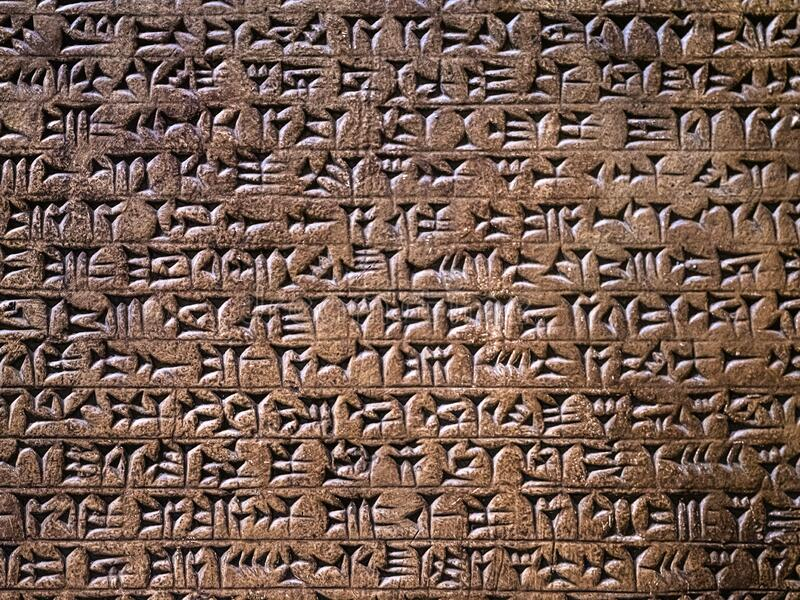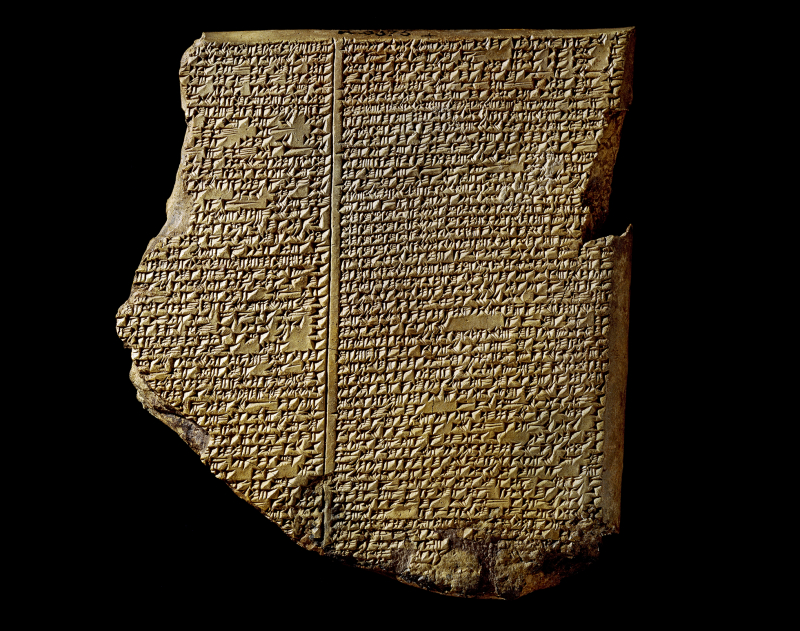Cuneiform writing
One of the inventions and achievements of Mesopotamia is Cuneiform writing. Cuneiform was established for the Sumerian language early in Mesopotamia's history (about the mid-4th millennium BC). Because of the triangular tip of the stylus used to impress marks on wet clay, cuneiform literally means "wedge-shaped." Each cuneiform sign's standardized form appears to have evolved from pictograms. The earliest texts (7 archaic tablets) are from the É, a temple devoted to the goddess Inanna in Uruk, from a structure designated by excavators as Temple C.
Cuneiform script's early logographic system required many years to master. As a result, only a small number of people were engaged as scribes to be educated in its use. Significant segments of the Mesopotamian population did not become literate until the widespread adoption of a syllabic script was adopted under Sargon's hegemony. Massive text archives were found from the archaeological surroundings of Old Babylonian scribal schools, where literacy was spread.
Sumerian was used as a religious, ceremonial, literary, and scientific language in Mesopotamia until the 1st century AD when Akkadian progressively superseded Sumerian as the spoken language of Mesopotamia at the turn of the 3rd and 2nd millennia BC (the exact dating is debatable)












